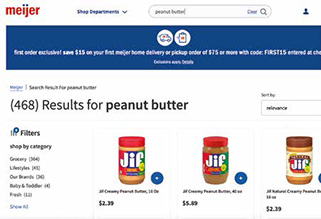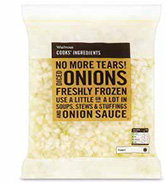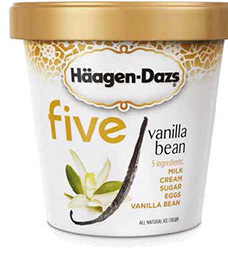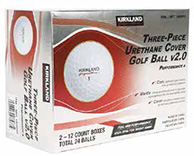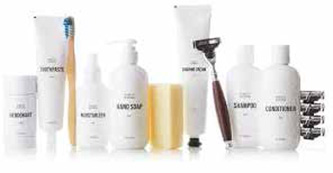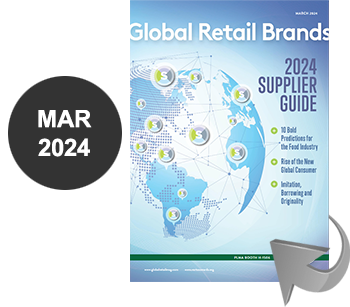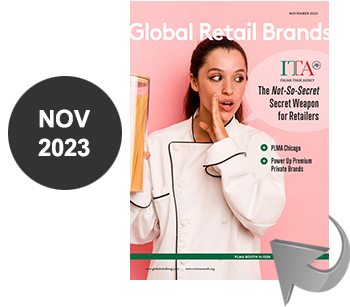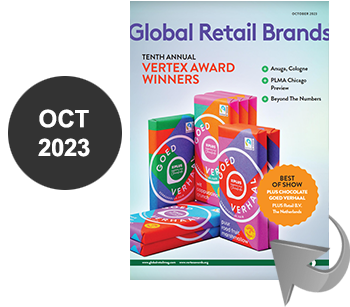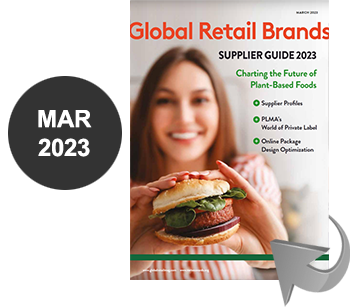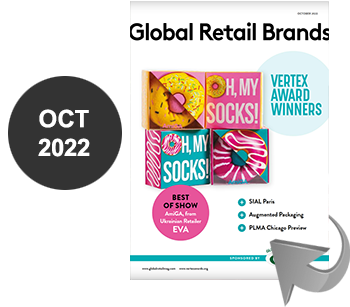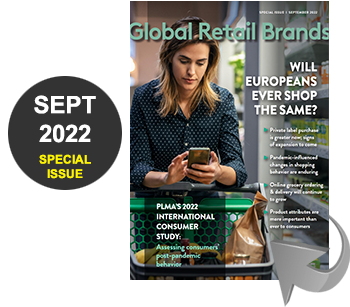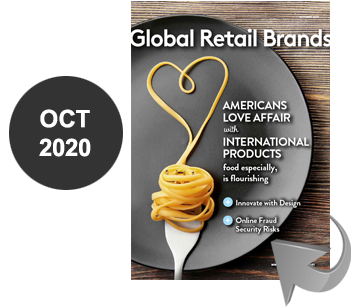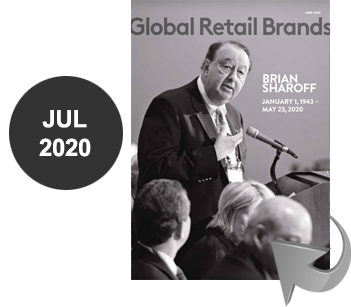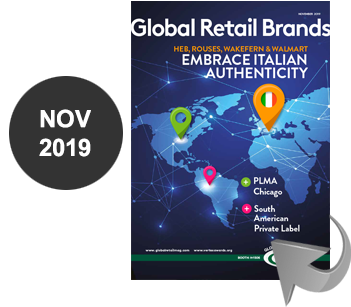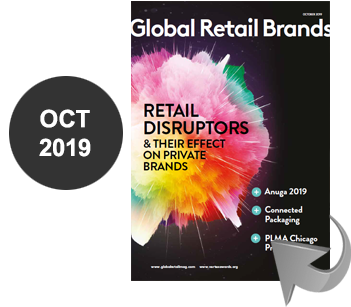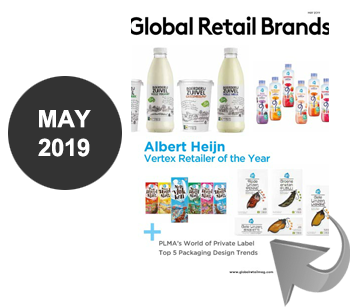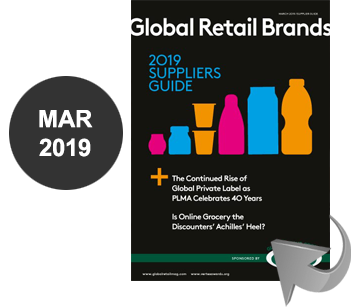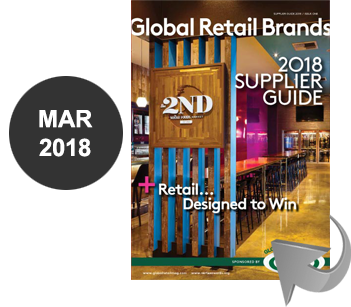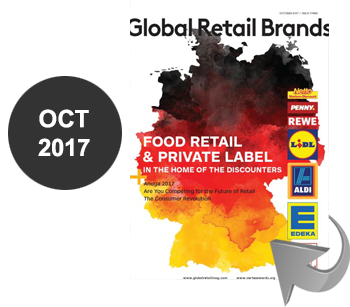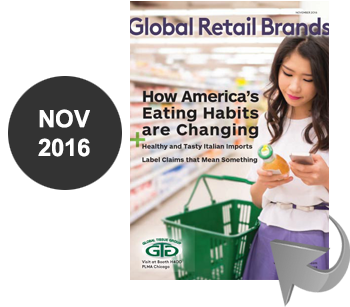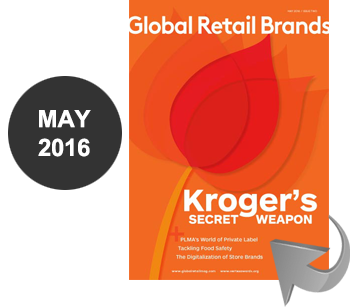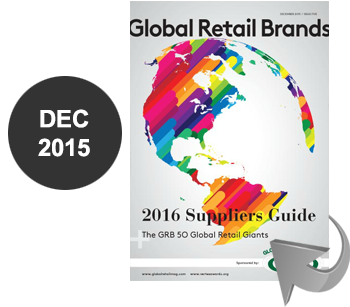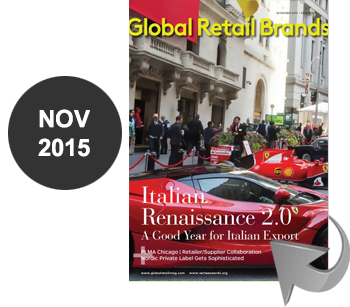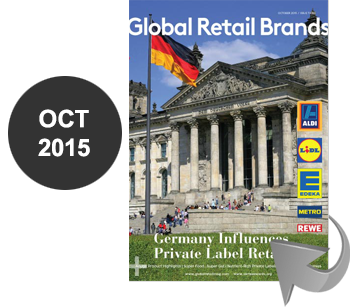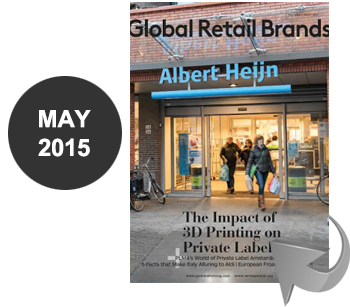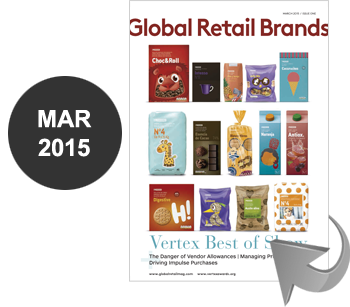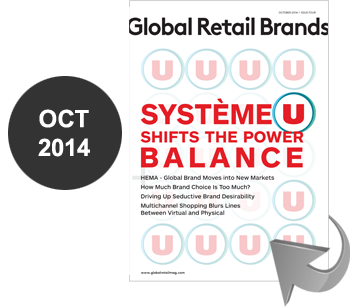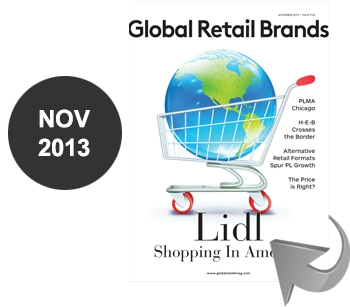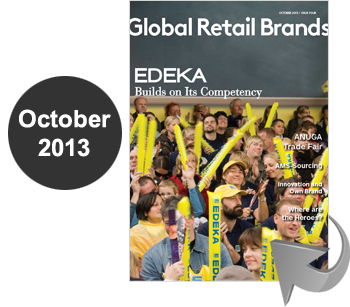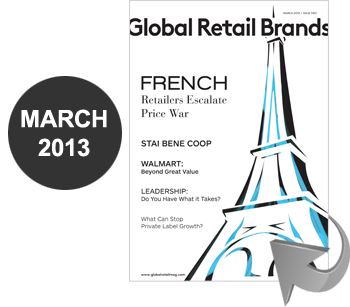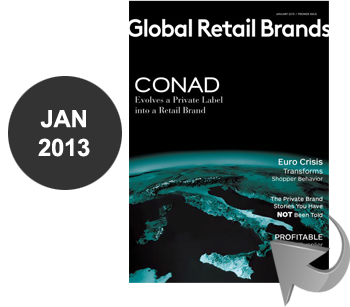By Perry Seelert, Strategic Partner & Co-founder, Emerge
The virtue of simplicity doesn’t just apply to product or brand, it should apply to everything you do
People yearn for ways of living and working that are simpler. These simpler ways often lead to more efficient and productive outcomes, of course, but how do you really embrace the virtue of simplicity, when the world is just so inherently complex?
How do you get consumers out of the vortex of seeing nearly 10,000 marketing messages a day*, and not yours, and how do you sift through the email clutter of 300+ messages a day that you have to respond to?
How do we embrace “simplicity” in a practical way, and how can we think about it more holistically and broadly as it applies to Retailing and Own Brands? Leading CPG organizations are often terrible at embracing simplicity, so if we can do it in the retail and private brand world, it could be a big advantage. Here are 8 ways to promote the virtue of simplicity in your organization and work life through an own brand lens.
*Most media experts say that in 2021 we are exposed to 6000-10,000 advertisements and marketing messages a day.
Rule #1: Simplify Your New Product Pipeline
Most retailers love to pound their chests about how many new products they have in their pipeline, something that I have seen and experienced personally. The problem with this is two-fold: there is little-to-no prioritization in most pipelines, and secondly, they don’t discern between real “differentiators” and “signature” products versus mundane flavor and line extensions. Having hundreds of products in your pipeline always sounds brave, but you should ensure that you have a way of separating out the ones that really matter. Spend time on the 10-20 signatures in your pipeline, vet them with the right creative, merchandising, consumer research and innovation infrastructure, and you will be better for it.
Rule #2 Create Unambiguous Ecommerce Rules
You want to win on your dot.com site, then stop messing around and make it simple. All of your own brand products should be hierarchically first in any search, and don’t scatter them in after CPG products that have paid to promote them. Retailers have admittedly gotten a little better at this over the past 2 years, but there is still a long way to go. Look at Meijer and search for “peanut butter” and you have to scroll a while before you get to their first private brand sku, True Goodness peanut butter.
Make it simple for the consumer by prioritizing your own brand, and don’t apologize for placing it hierarchically on top.
Rule #3 Create A Simple Mission For Your Brand And Your Department
I am always amazed at how many Private Brand organizations or departments don’t have a clear distillation of what they are trying to achieve, the rare air they are reaching for. As private brands take on a more important role in many companies, you have to be clear about what the aims are internally. The aims need to be sufficiently lofty, and they need to be repeatable. This is true for your own brands too, they need to express a mission, a reach, a higher-order aim, and you want your consumers to know their purpose. All of this crystallization around Mission has a galvanizing effect if done right, and it can simplify your strategies and tactics if you all agree upon the aim.
Rule #4 Simplify Your Visual Language And Packaging
The voice of your own brand packaging is critical, and today many retailers understand this, but still end up in creating some visual and iconic clutter. Badges, claims, icons, multiple fonts, clashing color language and beefing up many packages so that they are hierarchically dense.
I love how Waitrose executes brands versus creating more. much of their design portfolio, but particularly like their “Cooks Ingredients” line for its simplicity, and messaging that alludes to the product benefit. Private brands get caught in mimicking all the claims of leading CPGs, and often it is not necessary, and fights against originality. Keep your visual language simple.
Rule #5 Simplify Your Brand Portfolio
We are riddled with strata, tiering, sub-brands, power brands and the like, and there many retailers who have overpopulated their strategic portfolios. One of the reasons for this, though it might be heretical to say, is that it is inherently fun to create brands. Brand managers like to put their stamp on the business, and we often unnecessarily create brands that address niches and pockets in a category or department. I believe Amazon has created too many brands, and the result is they become strategically difficult to corral, tough to balance from a media/investment perspective, and it becomes difficult to express the “brand purpose” outwardly for each and every one of them. Many of them become anonymous.
While Costco’s Kirkland Signature is too austere and monolithic a strategy for many retailers, I believe the pendulum can return back. Simplify your own brand portfolio and look for the opportunity to reduce the number of I love how Waitrose executes brands versus creating more.
Rule #6 Eliminate Ingredients Where Possible And Brag About It
Consumers readily understand the idea that “fewer is better” and that “less is more”, because purity is powerful. This principle need not only apply to your Natural, Organic, Clean and “Free From” brand platforms, it should apply to your product development (and marketing messaging) more broadly.
You only have to look to brands like Haagen Dazs’ “Five” product line, where the ingredients are listed on the front-of-pack and not enumerated on the back. There is nothing technically “organic” about their Five brand, but it feels that way because of the ingredients, all known, nothing artificial, and all blatantly presented.
Another great example of lessis- more is the company “Public Goods”, who have taken on the virtue of simplicity holistically – yes, fewer ingredients, but also simpler product variety and minimal packaging. Consumers may not understand the food science behind every ingredient, but they do gravitate to the idea that monosyllabic, understandable and fewer ingredients are better for them and their families.
Rule #7 Develop Simple Creative & Brand Briefs
Living in the agency world for a good chunk of my career, it is often the agency that has its own style of Brief and shares it with the client. But retailers and own brand suppliers often take their first crack at outlining their version of a Brief, which from a proactive sense is good. It is always great to hear from the client in an unvarnished way first. However, these briefs are often way too complex and dense, including every bit of subordinate information and IRI/Nielsen data under the sun. My recommendation on any new product or brand you create or redefine is to start simple. If you can’t create a one-page brief, then start over. “What are you trying to transform” in a sentence, what is “the big idea”? Put it all on a page, be clear on the aim and expected advantage, and align from there. Simpler is better at first.
Rule #8 Simplify Your Meetings And Meeting Schedules
If you talk to anybody with truth serum they will say they hate meetings. Too many meetings, too many that go off topic, too many people attending that don’t really have to be there, etc.
Meetings are not loved, and some you don’t control. But for the ones you do control, you really can simplify them and it will do a world of good. While the leading CPG environments have 6-8 meetings a day (and retailers too), you could be more efficient with a sparing touch. Only invite people who need to be at the meeting (no sympathy invites), ensure the purpose and the agenda of the meeting are clear, and always take notes/ follow-ups. Yes, less is more with meetings too, and given that they occupy so much of our days in the own brand and retailing world, Rule #8 may be the toughest to implement but it will have the most positive results.
The Net Effect
While the 8 rules I have outlined won’t be a cure-all for all the day’s complexities, if you embrace them, you will be more productive, efficient and grow. Leading CPGs are plagued by this complexity and often have immovable cultures where these rules become tougher to implement. In the own brands and retailing worlds, if you can embrace the virtues of simplicity, it could be a real advantage for you, your company and your brands.
Perry Seelert, Strategic Partner & Co-founder, Emerge
Perry Seelert is retail branding and marketing expert, with a passion for challenging conventional strategy and truths. He is the Strategic Partner and Co-founder of Emerge, a strategic marketing consultancy dedicated to helping Retailers, Manufacturers and Services grow exponentially and differentiate with purpose. Please contact Perry at [email protected].

